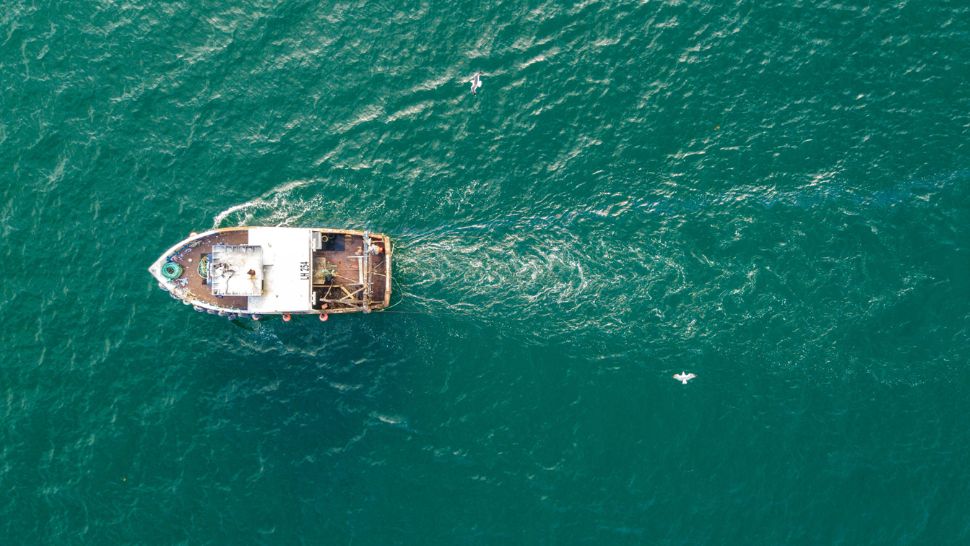
At Bon Appétit, we care deeply about the health of our world’s oceans. According to the United Nations Food and Agriculture Association, 57% of the world’s fisheries are fished at their maximum capacity and 35% are overfished and in danger of collapse.
In 2002, we were the first food service company to address the problems with unsustainable seafood purchasing practices. In fact, our seafood commitments have been lauded as the most rigorous in the industry and we continually review our purchasing promises to continue to lead the industry to sea change for sustainable seafood.
Here’s an overview of what we’re doing in about seafood sustainability:
- Monterey Bay Aquarium partnership. In 2002, after partnering with the Monterey Bay Aquarium and learning about their Seafood Watch Program®, we began the first nationwide rollout of sustainability guidelines for seafood purchasing.
- Seafood Watch Program® adherence. In 2004, we made adherence to the Seafood Watch Program® a non-negotiable food standard for all fresh and frozen seafood purchases. Our chefs strive to serve only seafood species that are rated Best Choice or Good Alternative according to the guidelines for commercial buyers.
- Save Seafood Tour. After adopting the Seafood Watch standards as our own, we co-sponsored the making of the Emmy-nominated documentary Farming the Seas and, together with Seafood Watch, created the Save Seafood Tour to educate people across the country about the issues surrounding seafood and activate them to make sustainable choices.
- Fish to Fork program. In 2011, we launched our Fish to Fork program, which created guidelines for traceability, size of boat or aquaculture operation, distance-at-sea limits for wild fish, and distance from the dock or farm distribution radius from Bon Appétit kitchens. This program set the industry standard for local seafood sourcing.
- Piscator fish foragers. We appointed 14 Bon Appétit chefs “piscators,” or fish foragers, charged with finding responsible fisherfolk and fish farmers in their areas for us to support.
- We’re specific about species. Our chefs are encouraged to try low-on-the-food-chain species (such as sardines, oysters); species whose edible portion could be better utilized (such as scallops, much of which gets discarded by U.S. processors); less-widely eaten larger species that can substitute for one of the “Top Ten” endangered species.
- No fish FADs. The skipjack tuna we serve has been caught without the use of fish-aggregating devices (FADs), a destructive fishing method that increases the chances of bycatch.
- Wild caught Alaskan salmon. All salmon we purchase is wild-caught from Alaska, to preserve other over-fished salmon populations and avoid the environmental damage caused by many salmon farms.
- Fresh or frozen-the-source. Our seafood purchases are either fresh when available locally, or frozen-at-the-source to ensure quality while reducing our carbon footprint.
- Aquaculture antibiotic standards. We’re the first food service company to set goals for antibiotics use in aquaculture.
Here’s where to learn more about our seafood commitments: